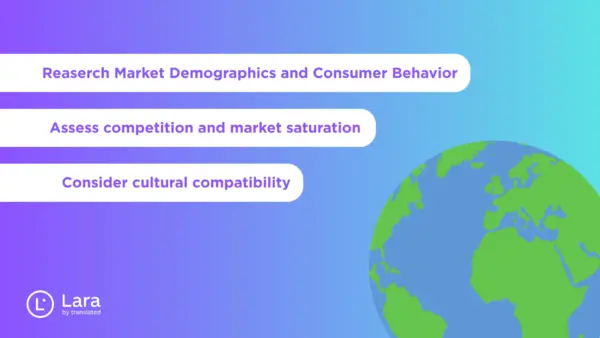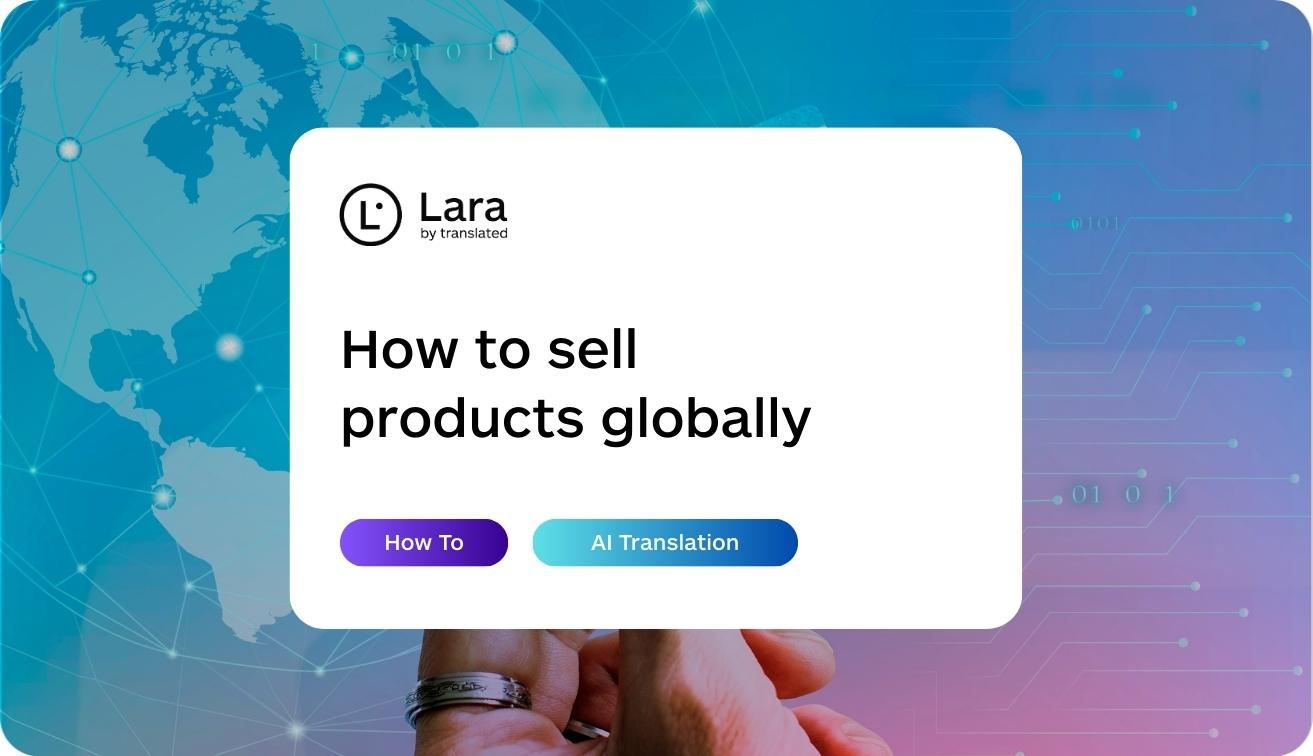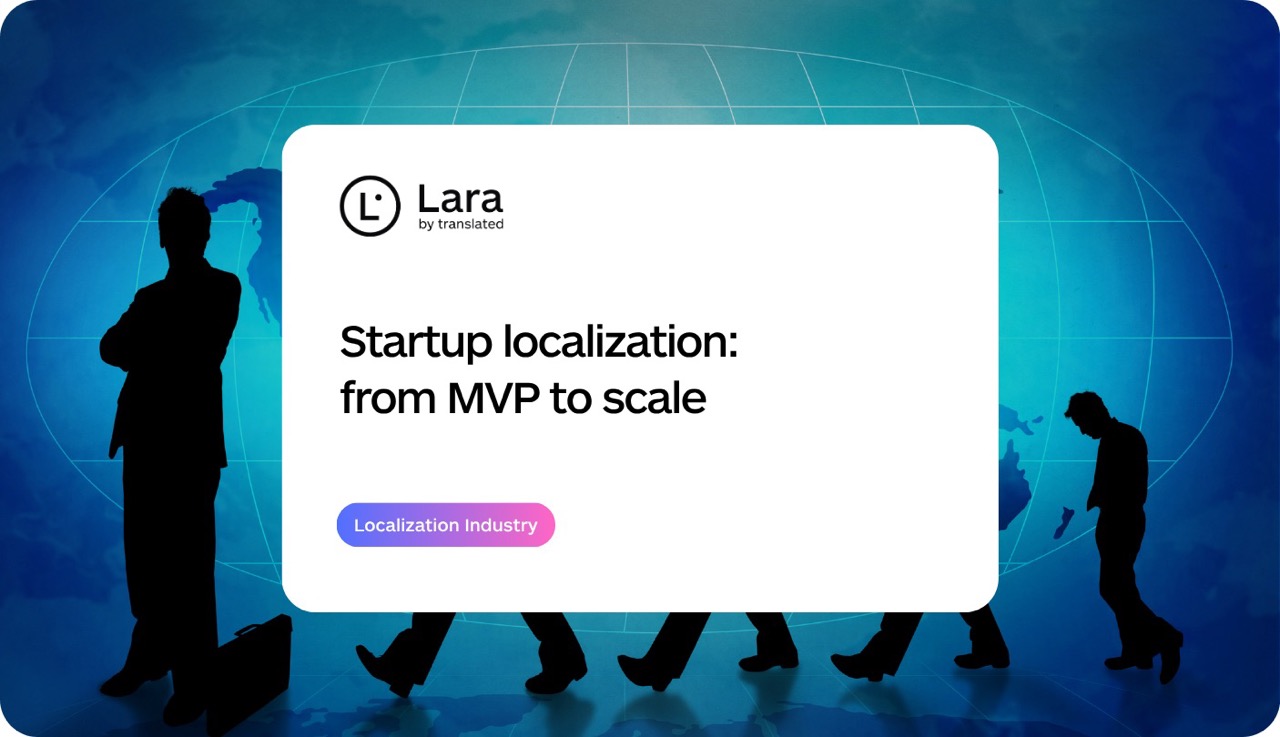Selling beyond your home market isn’t just for big corporations anymore. Thanks to digital tools and platforms, even small and medium-sized businesses can now sell products globally. But while the opportunity is real, it’s not without its challenges. From language and culture to regulations and customer expectations, entering international markets requires clear strategy and thoughtful execution.
Why expand your business internationally?
Expanding your business across borders offers compelling advantages that can significantly impact your bottom line. International product sales open up vast new customer bases, extending your market reach far beyond domestic limitations. This global expansion can help balance seasonal fluctuations in your home market, diversify your revenue streams, and potentially boost your brand’s prestige through international recognition.
The numbers speak for themselves: global e-commerce selling continues to show robust growth, with cross-border e-commerce expected to account for 22% of all e-commerce shipments by 2025. This expanding market presents an attractive opportunity for businesses looking to scale their operations and increase profitability.

Key considerations before you export your products online
Before diving into international waters, it’s essential to assess whether your business is ready for global expansion. Consider these fundamental aspects:
- Product viability: Not all products translate well to international markets. Evaluate whether your offerings will meet the needs and preferences of customers in target regions.
- Market research: Identify promising markets by analyzing factors such as consumer demand, competition, and cultural fit. Tools like Google Market Finder can help pinpoint regions where your products might perform well.
- Financial resources: International expansion requires investment in areas like website localization, legal compliance, and marketing. Ensure you have sufficient capital to support these initiatives.
- Operational capacity: Consider whether your current manufacturing, inventory management, and fulfillment processes can handle increased volume and complexity.
Choosing the right markets for your business

Strategic market selection is crucial for successful international product sales. Rather than attempting to sell everywhere at once, focus on regions that offer the best potential for your specific products:
Research market demographics and consumer behavior
Understanding who your potential customers are and how they shop is vital. Different markets may have varying preferences regarding:
- Product features and design
- Price sensitivity
- Purchasing habits (mobile vs. desktop, preferred payment methods)
- Brand loyalty factors
Assess competition and market saturation
Evaluate the competitive landscape in potential markets. Consider:
- Who are the established players?
- Are there gaps your products could fill?
- What unique value proposition can you offer international customers?
Consider cultural compatibility
Some products face fewer cultural barriers than others. Assess whether your products:
- Align with local cultural values and practices
- May require adaptation to meet regional preferences
- Could face resistance due to cultural differences
Creating a localized shopping experience
Once you’ve identified promising markets, focus on creating a shopping experience that feels native to local customers. How to reach international customers effectively often comes down to speaking their language—both literally and figuratively.
Website localization and translation
A fully localized website is essential for connecting with international customers. This goes beyond basic translation to create an experience that feels natural to local shoppers.
Lara Translate offers an advanced solution for businesses looking to create authentic multilingual experiences for their global customers. With support for 32 languages and the ability to maintain context and brand voice across translations, Lara helps businesses overcome language barriers (and sell products globally) that often hinder international sales. Its AI technology understands cultural nuances and industry-specific terminology, ensuring that your product descriptions, marketing content, and customer support materials resonate naturally with local audiences, leading to higher conversion rates and customer satisfaction in foreign markets.
Multilingual product listings that convert
Your product listings represent your virtual salespeople in global markets. To maximize their effectiveness:
- Translate product titles, descriptions, and specifications accurately
- Adapt measurements to local standards (inches to centimeters, etc.)
- Use culturally relevant examples and use cases
- Highlight features that appeal specifically to the local market
- Ensure images are culturally appropriate and representative
Localized pricing strategies
Price sensitivity varies significantly across markets. Consider:
- Displaying prices in local currencies
- Adjusting pricing tiers based on local purchasing power
- Including or excluding taxes based on regional norms
- Being transparent about additional fees (shipping, duties, etc.)
Legal considerations for international trade compliance
Navigating the legal landscape of global commerce can be challenging but is essential for sustainable international growth and to sell products globally.

Understanding customs and duties for ecommerce
When shipping products internationally, you’ll need to consider:
- Import duties and taxes that may apply to your products
- Customs documentation requirements (how to translate documents)
- Restricted or prohibited items in destination countries
- De minimis thresholds (value below which duties aren’t charged)
Clearly communicate potential additional costs to customers to avoid surprise charges that could lead to order cancellations or returns.
Intellectual property protection
Before entering new markets, ensure your intellectual property is adequately protected:
- Register trademarks in target countries
- Research patent and copyright regulations in each region
- Understand differences in IP enforcement across jurisdictions
Data privacy and consumer protection laws
Different regions have varying regulations regarding:
- How customer data can be collected, stored, and used
- Required disclosures and privacy policies
- Consumer rights (returns, refunds, warranties)
- Marketing communications (opt-in requirements, etc.)
Compliance with laws like GDPR in Europe, LGPD in Brazil, or CCPA in California is not optional—violations can result in significant penalties.
Setting up international shipping operations
Efficient fulfillment is critical to customer satisfaction when selling abroad online. Consider these key elements:
Shipping methods and partners
Evaluate different shipping options based on:
- Cost vs. speed tradeoffs
- Tracking capabilities
- Reliability in specific regions
- Experience with export regulations
Many businesses partner with established international carriers like DHL, FedEx, or UPS, while others leverage regional specialists in certain markets.
Fulfillment strategies
Consider these approaches to how to ship and sell products globally:
- Direct international shipping: Shipping directly from your home country
- Pros: Simpler inventory management, lower initial investment
- Cons: Higher shipping costs, longer delivery times, potential customs delays
- Third-party logistics (3PL): Outsourcing warehousing and fulfillment
- Pros: Expertise in international shipping, established infrastructure
- Cons: Less control, potential communication challenges
- Local warehousing: Establishing inventory in target markets
- Pros: Faster delivery times, lower shipping costs, easier returns
- Cons: Higher upfront investment, more complex inventory management
Returns management
International returns pose unique challenges:
- Determine who covers return shipping costs
- Establish local return centers when feasible
- Create clear return policies that comply with local regulations
- Consider offering store credit as an alternative to physical returns
Payment solutions for global commerce
Offering familiar, trusted payment options is essential for converting international shoppers and sell products globally.

Consider implementing:
Multiple payment methods
Popular payment preferences vary significantly by region:
- North America: Credit cards, PayPal, Apple Pay
- Europe: Credit cards, bank transfers, regional options (Klarna, SEPA)
- Asia: Digital wallets (Alipay, WeChat Pay), credit cards
- Latin America: Installment payments, cash-based options, local payment processors
Currency considerations
To create a seamless experience:
- Display prices in local currencies
- Be transparent about conversion rates
- Consider using a payment processor that handles multiple currencies
- Monitor currency fluctuations and adjust pricing accordingly
Marketing strategies for cross-border product marketing
Effective marketing is essential for building awareness, sell products globally and driving sales in new markets.
Localized marketing channels
Different regions favor different marketing platforms:
- Research which social media platforms dominate in your target markets
- Identify popular search engines (Google isn’t universal—consider Baidu for China, Yandex for Russia)
- Explore regional marketplaces and comparison shopping sites
Cultural adaptation
Adapt your marketing messages to resonate with local audiences:
- Consider cultural values and sensitivities
- Adjust imagery to reflect local demographics and settings
- Understand regional holidays and shopping seasons
- Be aware of color associations and symbolism that vary across cultures
SEO for international markets
Optimize your digital presence with multilingual SEO for international search and to sell products globally:
- Research keywords in local languages (direct translations often miss the mark)
- Create region-specific landing pages
- Implement hreflang tags to indicate language and regional targeting
- Build backlinks from locally relevant websites
Best platforms for selling internationally

Several platforms can facilitate your entry into global markets, each with distinct advantages:
E-commerce platforms with global capabilities
Platforms like Shopify, WooCommerce, and BigCommerce offer features specifically designed for international selling:
- Multi-language support
- Multi-currency checkout
- Tax and duty calculators
- International shipping integrations
International marketplaces
Established marketplaces provide instant access to global audiences:
- Amazon Global Selling
- eBay International
- Regional specialists (Mercado Libre in Latin America, Rakuten in Japan, etc.)
Utilizing these platforms can accelerate your international presence while you develop your direct-to-consumer channels.
Case study: success in international expansion
Consider the experience of a boutique home goods manufacturer that successfully expanded from a domestic operation to serving customers in over 20 countries:
The company began by identifying three target markets based on website traffic and industry research. They invested in professional translation services for their product catalog and implemented region-specific landing pages.
Rather than attempting to manage international shipping in-house, they partnered with a 3PL specializing in global fulfillment. This reduced delivery times and simplified customs compliance.
The brand adopted a phased approach, thoroughly establishing operations in each market before expanding further. This methodical strategy allowed them to learn from experience and refine their approach with each new market entry.
Within two years, international sales grew to represent 35% of their total revenue, with significantly higher profit margins than their domestic business due to premium positioning in certain markets.
Conclusion: Building a sustainable global business
Expanding your business internationally requires careful planning and execution, but the potential rewards make it well worth the effort. By thoroughly researching target markets, creating localized shopping experiences, understanding legal requirements, and implementing efficient operations, you can successfully sell products internationally and build a truly global brand.
Remember that international expansion is a journey rather than a destination. Start with a focused approach, learn from your experiences, and continuously adapt your strategies based on performance data and customer feedback.
Take the first step today by identifying one promising international market and developing a tailored entry strategy. With the right approach and tools, your business can thrive on the global stage.
FAQ about selling products internationally
What are the biggest challenges when selling products internationally?
The most significant challenges include language barriers, understanding local regulations and compliance requirements, managing international shipping logistics, handling multiple currencies and payment methods, and adapting marketing strategies to different cultural contexts.
How can I reduce shipping costs when selling internationally?
To reduce shipping costs, consider using fulfillment centers in key markets, partnering with international shipping consolidators, offering economy shipping options alongside premium services, and optimizing packaging to minimize dimensional weight.
Do I need to register my business in every country where I sell products?
Requirements vary by country, product type, and sales volume. In many cases, you can sell internationally without formal business registration in each country, but you may need to register for tax purposes (like VAT in the EU) once you reach certain sales thresholds.
How do I handle taxes when selling internationally?
Work with tax professionals familiar with global commerce to ensure compliance. Many e-commerce platforms now offer automated tax calculation tools for major markets. Consider implementing a system that can calculate, collect, and remit the appropriate taxes for each jurisdiction.
Is it better to start with one international market or expand to several at once?
For most businesses, focusing on one or two promising international markets initially yields better results than attempting broad global expansion simultaneously. This approach allows you to learn from experience, refine your processes, and build region-specific expertise before scaling further.
This article is about:
- Strategies for selling products internationally and expanding your business globally
- Key considerations for international product sales including market research and selection
- Creating localized experiences through website translation and adapting to regional preferences
- Understanding customs and duties for ecommerce and international trade compliance
- Options for setting up international shipping operations and fulfillment strategies
- How to implement cross-border product marketing that resonates with different cultures
- Choosing the best platforms for selling internationally to reach global customers effectively
- Using tools like Lara Translate to create authentic multilingual product listings that convert





